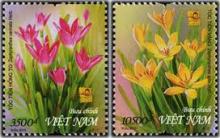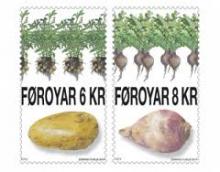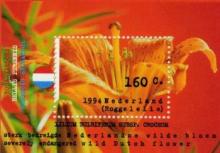Kamervragen aan de staatssecretaris van Economische Zaken over de gevolgen van het bestrijdingsmiddel metam-natrium op de volksgezondheid, het milieu en de natuur
Een Kamermeerderheid wil een tijdelijk verbod van het gebruik van landbouwgif in de lelieteelt. Dat bleek gisteren nadat meerdere partijen in de Kamer vragen over de kwestie stelden aan staatssecretaris van Economische Zaken Sharon Dijksma. LTO Noord vindt een verbod veel te voorbarig. Volgens de boerenorganisatie zijn er genoeg regels die risico's uitsluiten en wordt er op dit moment te emotioneel gereageerd op de kwestie. Vragen van de leden Ouwehand (Partij voor de Dieren), Jacobi (PvdA), Van Gerven (SP), Graus (PVV), Schouw (D66), Klaver (GL) en Klein (50Plus) aan de staatssecretaris van Economische Zaken over de gevolgen van het bestrijdingsmiddel metam-natrium op de volksgezondheid, het milieu en de natuur.









